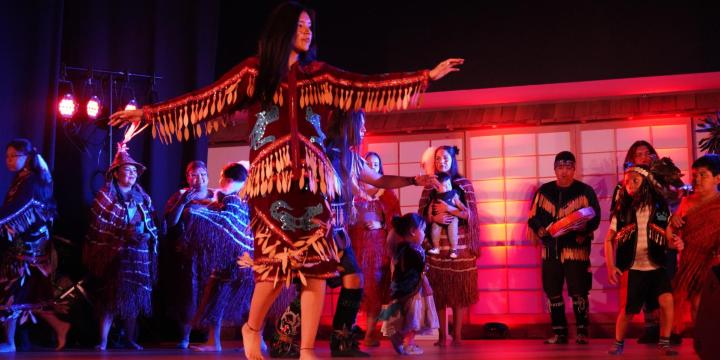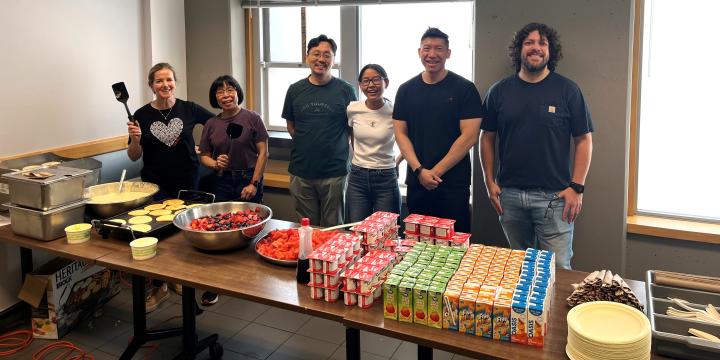
Celebrating Asian Heritage, One Dumpling at a Time
Across Asia, dumplings carry far more than fillings, they carry memory, meaning and connection. Whether they’re steamed, boiled or fried, made sweet or savoury, dumplings remind us that food is one of the most powerful ways to share who we are and where we come from.
As we mark Asian Heritage Month, they offer a delicious reminder that our cultures are as rich and varied as the dishes we pass down, and that even the simplest foods can hold generations of history, identity and love.
Dumpling-like foods likely emerged independently across different cultures. Practical, adaptable and deeply comforting, they were a clever way to stretch ingredients, preserve leftovers and create something portable and nourishing. While Chinese dumplings such as jiaozi date back to the Han Dynasty, similar versions appear in many regions, each with their own story.
Some historians believe nomadic cultures in Central Asia created their own dumpling styles that later influenced both East and West through ancient trade routes. So while China’s dumpling traditions are among the best documented, they’re just one piece of a much larger, beautifully diverse culinary story.
What Dumplings Represent
Across communities, dumplings tend to carry common themes:
- Celebration: Dumplings often appear during festivals, family reunions and rituals. Making them is as much about gathering as it is about eating.
- Symbolism: Whether shaped like coins, moons or hearts, dumplings often stand for prosperity, unity or spiritual offerings.
- Practicality: Dough-wrapped food travels well, stretches meals and brings people together in the making.
Dumplings Across Asia
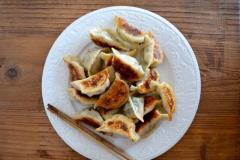
China
- Jiaozi: Eaten regularly but also during Lunar New Year to bring wealth and good luck.
- Xiaolongbao: Soup-filled dumplings from Jiangsu and Shanghai.
- Tangyuan/Yuanxiao: Sweet glutinous rice balls for the Lantern Festival, symbolizing family unity.
- Zongzi: Sticky rice dumplings wrapped in leaves for the Dragon Boat Festival (possibly older than jiaozi).
- Wontons: Often served in soup or deep-fried, wontons are thinner-skinned and common in southern China.
>> Try a Chinese dumpling recipe here.
Korea
Mandu: Steamed, boiled or fried and often served in tteok mandu guk at Lunar New Year. May have arrived via the Silk Road or Mongol influence.
>> Make your own Korean mandu at home.
Japan
- Gyoza: Inspired by jiaozi, but typically thinner, pan-fried and garlic-forward.
- Daifuku: A sweet mochi-based dumpling filled with red bean paste, showing Japan’s own dumpling evolution.
>> Here’s a recipe for Japanese gyoza.
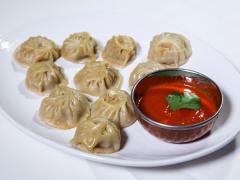
Nepal & Tibet
Momo: A staple dumpling filled with yak, lamb or vegetables, often served with chili sauces. Their origins may stem from local invention or regional trade.
>> Try this Nepali momo recipe.
India
- Modak: Sweet rice dumplings with coconut and jaggery, offered to Ganesha.
- Samosas: Fried and spiced dumplings possibly brought from Central Asia.
- Pidi Kozhukattai: Steamed rice dumplings used in home-based rituals in South India.
>> Give this Indian samosa recipe a try.
Myanmar
Mont Lone Yay Baw: Glutinous rice dumplings with jaggery, made and shared during Burmese New Year (Thingyan).
>> Learn how to make this Burmese festival treat.
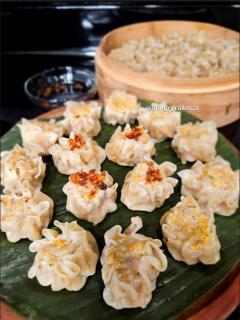
Philippines
- Siomai: Chinese-influenced steamed dumplings adapted with Filipino flavours.
- Pichy-pichy: Soft cassava-based dumplings topped with coconut, uniquely local and festive.
>> Discover a Filipino dumpling recipe here.
Vietnam
- Bánh bột lọc: Chewy tapioca dumplings with shrimp or pork, often served at gatherings.
- Bánh ít trần: Sticky rice dumplings linked to ancestral offerings and ceremonial life.
>> Try making Vietnamese dumplings at home.
Indonesia & Malaysia
- Bacang/Bakcang: Variations of zongzi adapted by Chinese migrants with local ingredients.
- Onde-onde: Palm sugar-filled rice balls coated in coconut, eaten during celebrations.
>> Make your own Indonesian/Malaysian dumplings.
We recognize that food is never just food. It is a reflection of our roots, resilience and the stories we carry forward. Dumplings remind us that even across great distances and differences, we share a common thread: the joy of gathering, making and passing something down.
